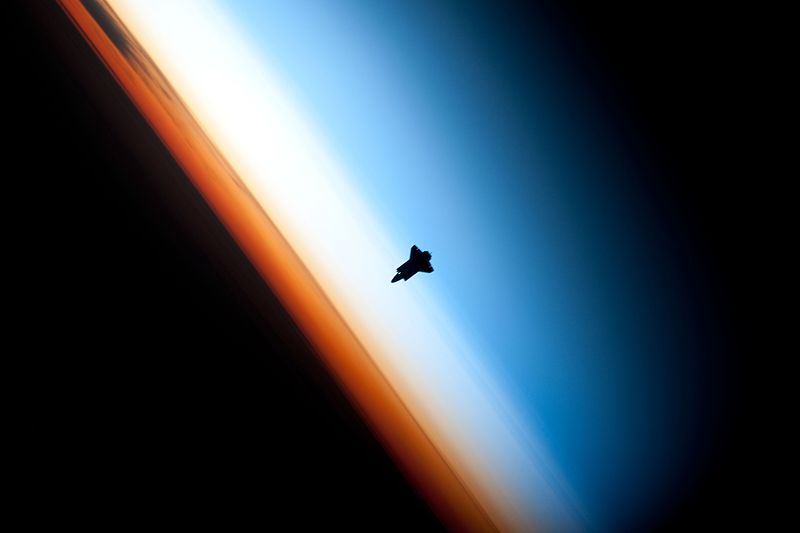
How Supersonic Skydiver Will Freefall Through Earth's Atmosphere

Veteran skydiver Felix Baumgartner plans to take a supersonic tour of Earth's atmospheric layers on Tuesday (Oct 9). The Austrian daredevil will attempt the world's highest skydive, a daring leap from 23 miles up that will send him plummeting earthward faster than the speed of sound.
On the way down, Baumgartner, 43, will pass through the stratosphere and troposphere, two of the four gaseous layers that enshroud and protect our planet. Each of these layers has unique properties.
Earth's atmosphere starts 430 miles (690 kilometers) up. This is the upper boundary of the thermosphere, the outermost layer of the atmosphere. Solar radiation bombards this layer, striking its sparse air molecules and causing them to emit flashes of light: the auroras. At an altitude of 53 miles (85 km), the thermosphere transitions into the mesosphere, an atmospheric layer known for its faint clouds, as well as electrical discharge events called red sprites and blue jets.
Below the mesosphere is the stratosphere, and below that is the troposphere. These are the two layers through which Baumgartner will dive. [Infographic: Earth's Atmosphere Top to Bottom]
Baumgartner, sitting inside a custom-built capsule, will be lifted by a helium balloon to an altitude of 120,000 feet (36,576 meters). This altitude registers in the upper echelons of the stratosphere, the second layer of the atmosphere.
Near Earth's mid-latitudes, the stratosphere extends from an altitude of 6 miles (10 km) up to about 30 miles (50 km) above the surface. The air pressure drops from 10 percent of its value at sea level to just 0.1 percent of its sea-level value; no one can survive here without an oxygen tank.
The stratosphere is defined by the fact that in this layer, unlike in the layers above and below, absorption of ultraviolet sunlight by ozone causes the temperature to increase as you move up in altitude. This coupling of temperature with altitude prevents convection from happening, and so the air in this layer is dynamically stable.
Sign up for the Live Science daily newsletter now
Get the world’s most fascinating discoveries delivered straight to your inbox.
Because the air is so thin in the stratosphere — the air pressure is just 0.1 percent of its sea-level value at the top of the layer and 10 percent of its sea-level value at the bottom — Baumgartner will freefall through it at speeds that surpass the sea-level speed of sound (760 mph, or 1,225 kph). As the air thickens, he'll gradually slow down before plunging into the troposphere, the innermost layer of Earth's atmosphere, where we live and breathe.
The troposphere, which includes everything from an altitude of 6 miles down over most of Earth (up to 12 miles down over the equator), is where all weather happens, as well as longer-term processes such as the jet stream. In this layer, temperature and pressure both drop as you move up in altitude.










